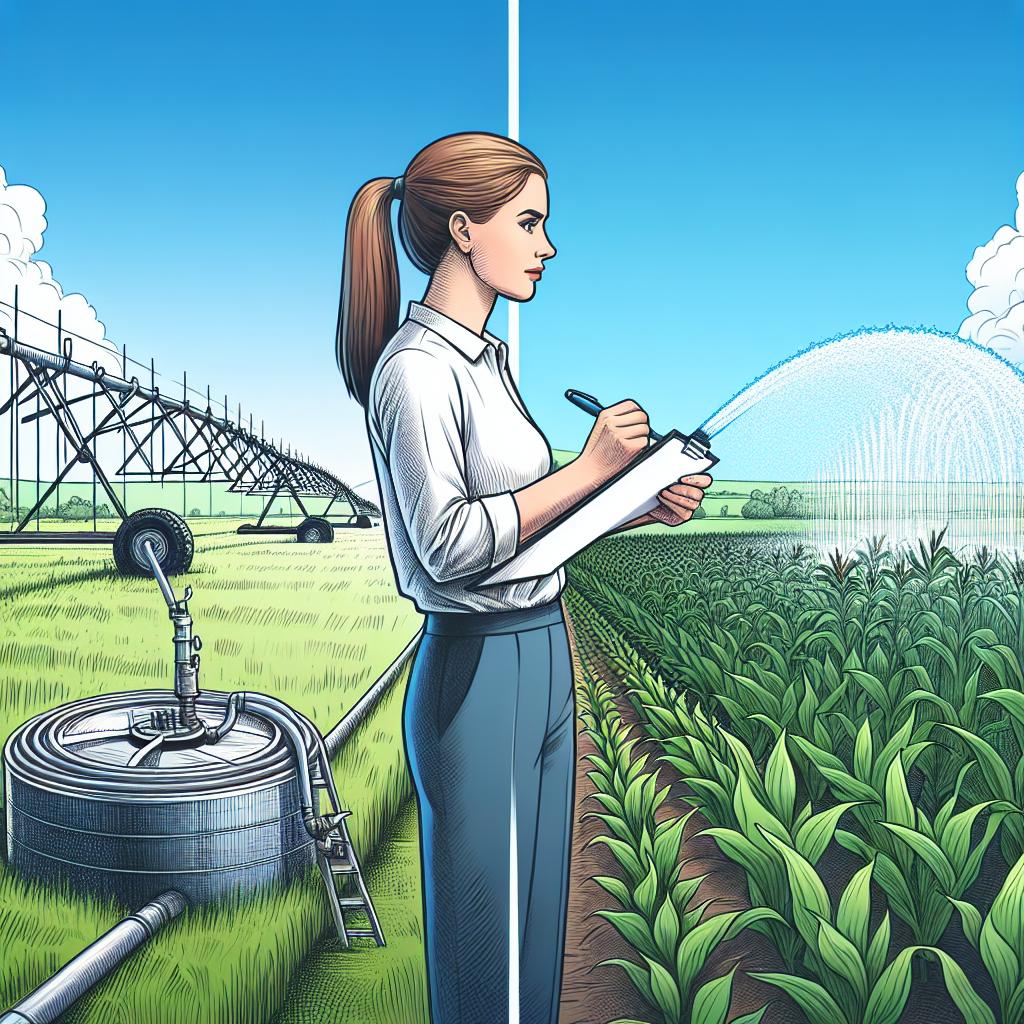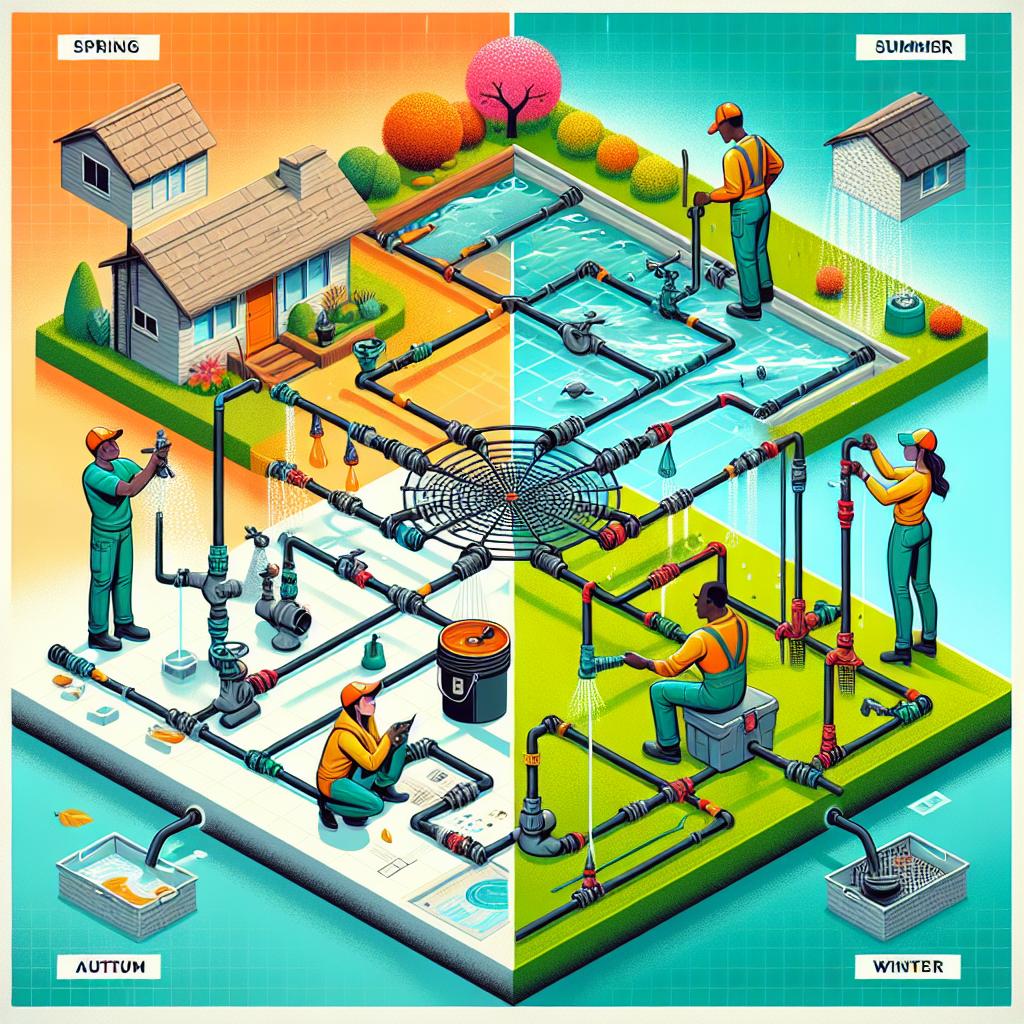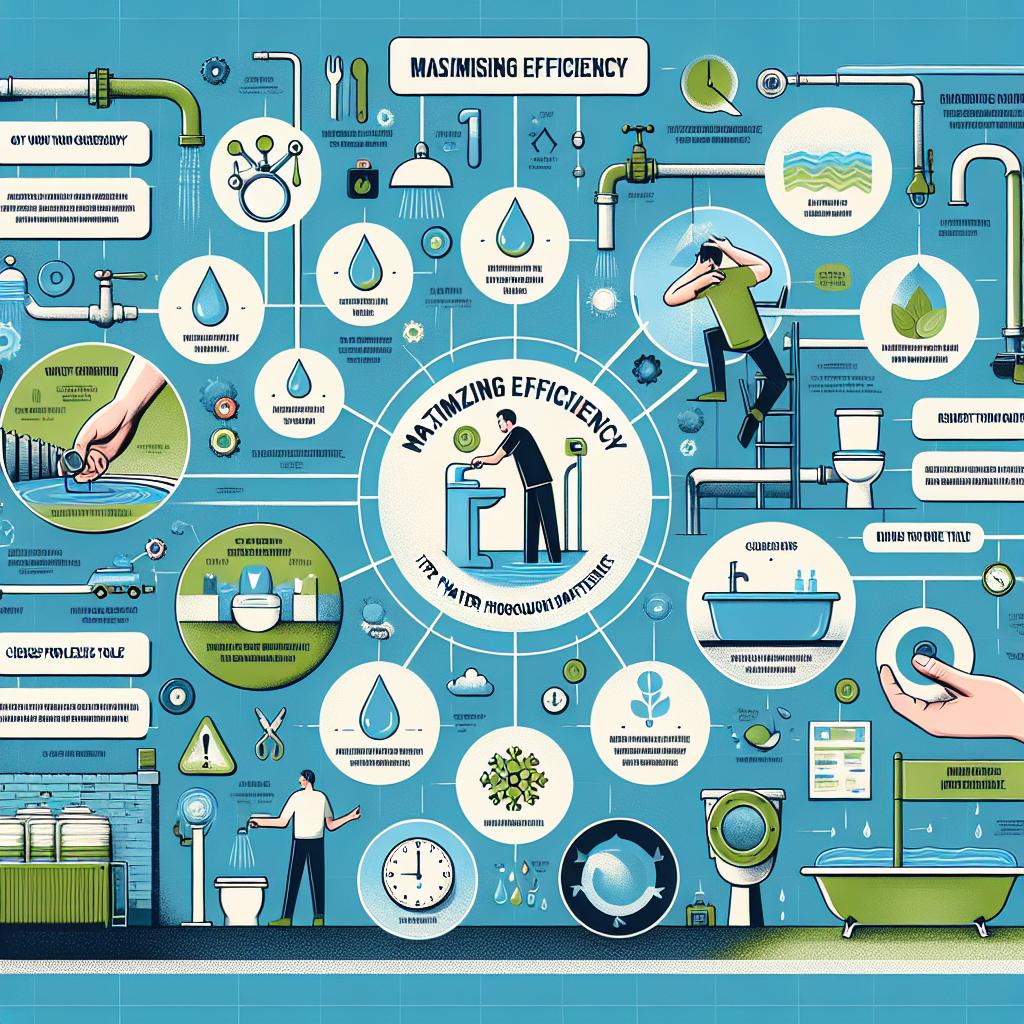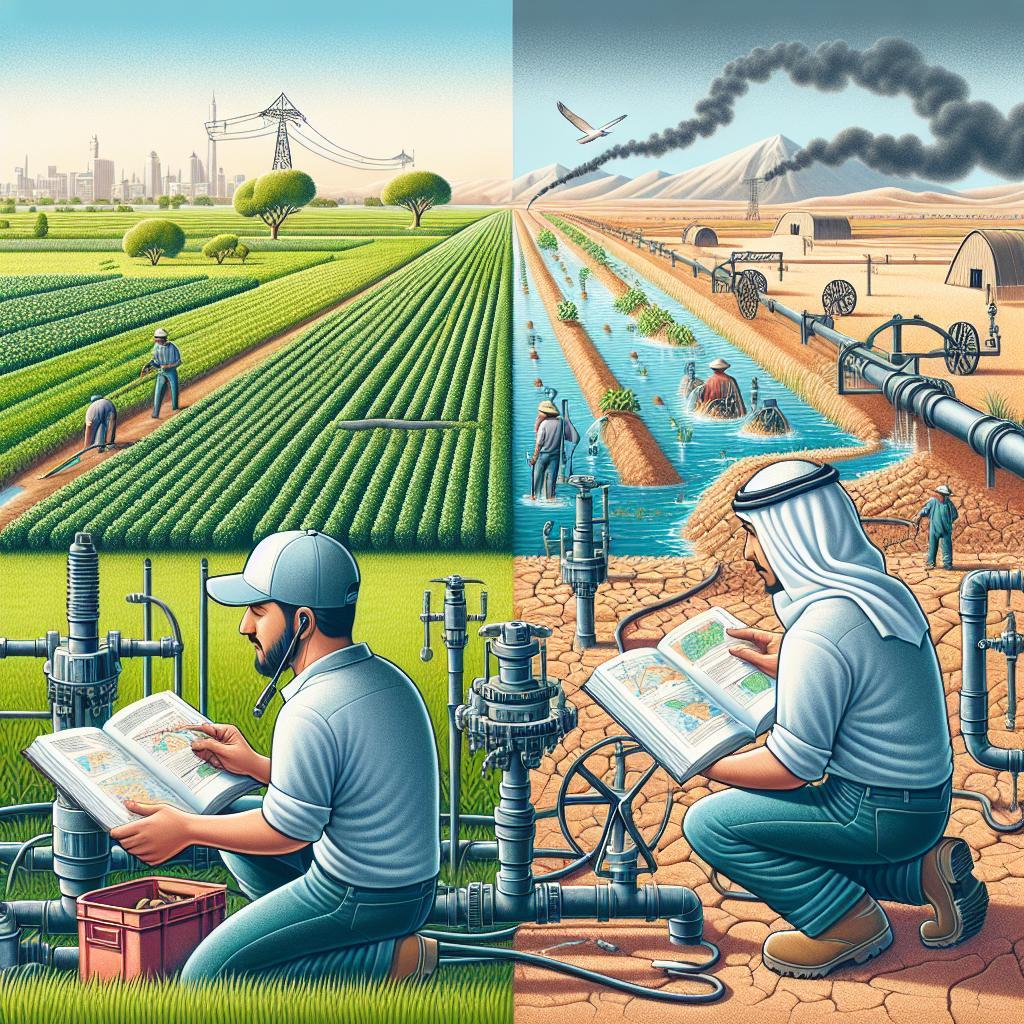This post may contain affiliate links which means I may receive a commission for purchases made through links. Learn more on my Private Policy page.
Understanding the Importance of Proper Irrigation System Maintenance
Picture a vibrant garden, bursting with color and life, where flowers bloom and vegetables thrive, all thanks to a well-timed sprinkle of water. Behind this picturesque scene lies a hidden hero—your irrigation system. Just like a loyal pet needs grooming and care, your sprinklers and drip lines require regular maintenance to keep them functioning at their best. In this friendly guide, we’ll explore why taking the time to nurture your irrigation system is essential not only for the health of your plants but also for conserving water and saving money in the long run. So, roll up your sleeves, grab your gardening gloves, and let’s dig into the importance of keeping that irrigation system in tip-top shape!
Understanding the Essential Role of Regular irrigation Check-Ups
Regular check-ups of your irrigation system are crucial for ensuring its efficiency and longevity. These inspections allow for the early detection of potential problems, such as leaks or blockages, which can lead to important water loss and increased operational costs.by scheduling routine assessments, you can:
- Identify and fix leaks: Even a small drip can waste a substantial amount of water over time.
- Assess system pressure: Maintain optimal pressure to promote even distribution of water.
- Ensure proper coverage: adjust sprinkler heads or drip lines to avoid dry spots and over-saturation in gardens or lawns.
In addition to preserving water resources, regular maintenance helps you achieve healthy, vibrant landscapes. A well-maintained irrigation system contributes to better plant health by delivering the right amount of water when needed. This leads to improved soil structure and root progress. To put it in viewpoint, consider the following table demonstrating the benefits of routine irrigation check-ups:
| Benefit | Description |
|---|---|
| Water Conservation | Prevents water waste through leaks and inefficiency. |
| Cost Savings | Avoid higher water bills and costly repairs with early detection. |
| Healthy Plants | Ensures optimal growing conditions with balanced irrigation. |

Exploring Common Irrigation Issues and How to Tackle Them
Every irrigation system can face common challenges that may hinder its efficiency and effectiveness. Among the most prevalent issues are clogged filters, leaking pipes, and uneven water distribution.Clogged filters can prevent water from reaching its intended destination, wasting both resources and time. Regularly checking and cleaning filters can considerably alleviate this problem.Leaking pipes, often undetected, can lead to considerable water loss and damage to soil quality. Implementing routine maintenance checks will help catch leaks before they escalate. uneven water distribution can be caused by misaligned sprinkler heads or broken emitters that lead to dry patches in your landscape. Adjusting these components ensures that every part of your garden or field receives the proper hydration it needs.
Tackling these irrigation issues requires a proactive approach and a toolkit of best practices. Here are some effective strategies:
- Regular Inspections: Schedule consistent inspections of your irrigation system to identify any potential damages or malfunctioning parts.
- Seasonal Maintenance: Before heavy seasons, like summer, perform thorough checks on pipes, filters, and sprinkler alignment.
- Embrace Technology: utilize smart irrigation controllers that optimize water usage based on weather forecasts and soil moisture levels.
By integrating these methods into your routine maintenance, you’re not only preserving your irrigation system but also contributing to sustainable water management practices.

Maximizing Efficiency: Tips for Water Conservation Through Maintenance
Maintaining an irrigation system not only enhances the health of your plants but also plays a crucial role in conserving water. By regularly inspecting and maintaining your system, you can identify and address issues before they lead to significant water waste. Check for leaks, clogs, and broken components to ensure efficient operation. Timing is also essential; adjust your watering schedule based on the season and rainfall to maximize the effectiveness of your irrigation.Incorporating smart technology, like moisture sensors, can definitely help automate this process, ensuring your plants receive just the right amount of water they need.
Moreover, the placement and type of irrigation system you choose can significantly impact water conservation. Utilizing drip irrigation or soaker hoses can deliver water directly to the roots, minimizing evaporation and runoff. Consider the following tips to further enhance efficiency:
- Mulch around plants: This helps retain moisture in the soil.
- Group plants with similar water needs: This ensures even watering.
- Regularly adjust irrigation zones: tailor to the varying needs of different areas.
By taking these steps, you can create a sustainable watering strategy that promotes plant health while conserving one of our most precious resources.
Creating a Seasonal Maintenance Plan for Your Irrigation System
Implementing a seasonal maintenance plan for your irrigation system is nothing short of crucial for ensuring its efficiency and longevity. Each season presents unique challenges and opportunities. in the spring, as an example, it’s crucial to check for leaks and inspect your sprinkler heads for any obstructions. As temperatures rise in summer, monitor your system for signs of wear and tear, and adjust your watering schedule based on rainfall.fall is the perfect time to flush the system and prepare it for winter, ensuring all water is drained to prevent freezing. in winter, a thorough inspection can catch any issues before the spring thaw.
when creating your seasonal plan, consider using the following checklist:
- Spring: Test and start the system, clean filters, adjust timers.
- Summer: Inspect for clogs, adjust spray patterns, monitor soil moisture.
- Fall: Drain the system,remove and store hoses,winterize components.
- Winter: Inspect components, plan for any upgrades or repairs.
| Season | Task | Purpose |
|---|---|---|
| Spring | Inspect system | Ensure functionality |
| Summer | Monitor Usage | Optimize water efficiency |
| Fall | Winterize | Prevent damage in low temperatures |
| Winter | Assess Components | Plan for the upcoming season |
In Summary
As we wrap up our journey through the essential aspects of proper irrigation system maintenance, remember that a little TLC goes a long way in keeping your plants thriving and your water bill in check! Just like any vital part of your garden or landscape, your irrigation system deserves attention and care to keep it running smoothly and efficiently.
From regular checks on your hoses to ensuring your timers are set just right, every small step you take makes a big difference in the health of your plants and the sustainability of our precious water resources. So, don your gardening gloves, grab that toolbox, and empower yourself with the knowlege that you are not just maintaining a system; you’re nurturing your green spaces for years to come.
Embrace the challenge, celebrate your successes, and don’t hesitate to reach out if you have questions along the way. Here’s to flourishing gardens, happy plants, and the rewarding satisfaction of knowing you’re doing your part—one drop at a time! Happy watering! 🌱💧
This post may contain affiliate links which means I may receive a commission for purchases made through links. Learn more on my Private Policy page.

